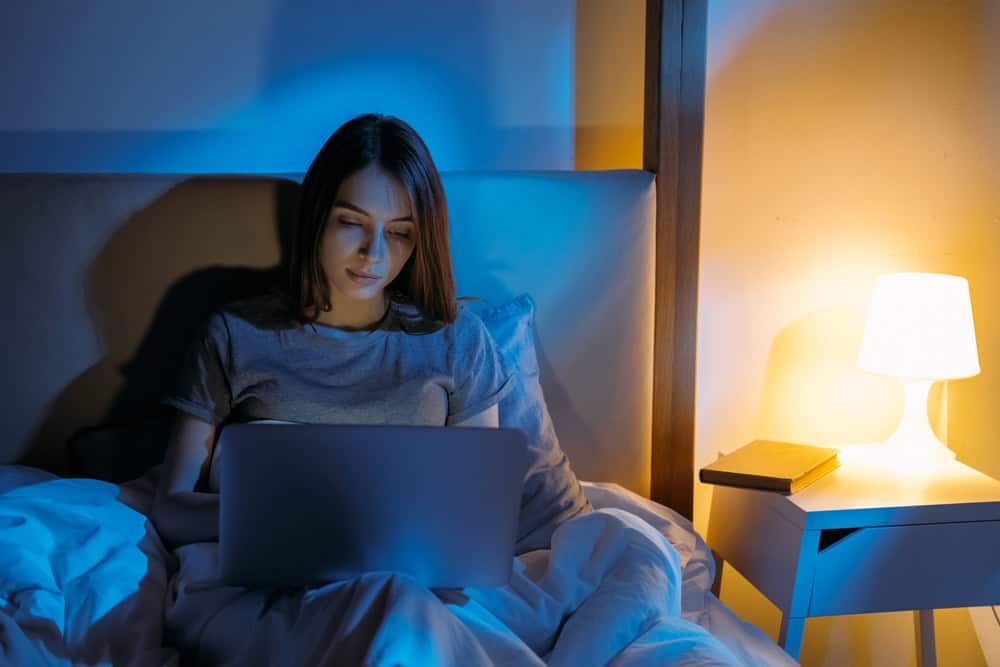The Impact of Blue Light on Eye Health: Myths and Facts

In the digital age, concerns about the effects of blue light on our eyes and overall health have become prevalent. From digital screens to energy-efficient LED lighting, blue light is all around us. While there’s a lot of information out there, it can be challenging to discern what’s true and what’s not. Here, the team of eye experts at Tres Vision Group explore the myths and facts about blue light and its impact on eye health.
What Is Blue Light?
Blue light is a type of high-energy visible light with a wavelength between approximately 380 and 500 nanometers. It is naturally present in sunlight but is also prominently emitted by LED screens, fluorescent lights, and other digital devices.
Myths and Facts
Myth #1: Blue Light is Unnatural
Fact: Blue light is a natural part of sunlight. However, the concern arises from the increased exposure from artificial sources, especially digital screens. While the blue light from screens is much less intense than that from the sun, the duration of exposure can lead to potential eye strain and discomfort.
Myth #2: Blue Light Causes Serious Eye Damage
Fact: There is currently no evidence that the blue light from digital devices produces eye damage. However, prolonged exposure to blue light can lead to digital eye strain, characterized by dry eyes, irritation, and difficulty focusing.
Myth #3: Blue Light Filters are Essential for Everyone
Fact: Blue light filters can reduce exposure from screens and might decrease eye strain for some people, especially in settings with minimal natural light. However, not everyone is sensitive to blue light, and for many, taking regular breaks from screens can be just as effective.
Myth #4: All Blue Light is Bad
Fact: Blue light is not all bad. It boosts alertness, helps memory and cognitive function, and elevates mood. Moreover, it regulates circadian rhythm, the body’s natural wakefulness and sleep cycle. (That’s why limiting blue light exposure at night can help improve sleep quality.)
Reducing Blue Light Exposure
While blue light alone may not cause serious eye health issues, it’s important to manage your exposure, especially to reduce eye strain and promote better sleep. Here are some tips:
- Use Blue Light Filters: Enable blue light filters on your devices or use glasses with blue light filtering capabilities.
- Follow the 20-20-20 Rule: Every 20 minutes, look at something 20 feet away for 20 seconds to reduce eye strain.
- Adjust Screen Settings: Lower the brightness of your screens to reduce blue light exposure, especially during evening hours.
- Increase Text Size: Enlarging text and images can help reduce strain on your eyes when reading or viewing screens.
Conclusion
While the fears surrounding blue light may be overstated, it’s wise to be mindful of your screen time and take preventive measures to maintain your eye health. If you experience significant discomfort from screen use, it might be time to consult with an eye care professional. To meet with our team of esteemed eye doctors to address any outstanding concerns, please call our Melbourne, Merritt Island, or Suntree, FL, office at (321) 984-3200.
